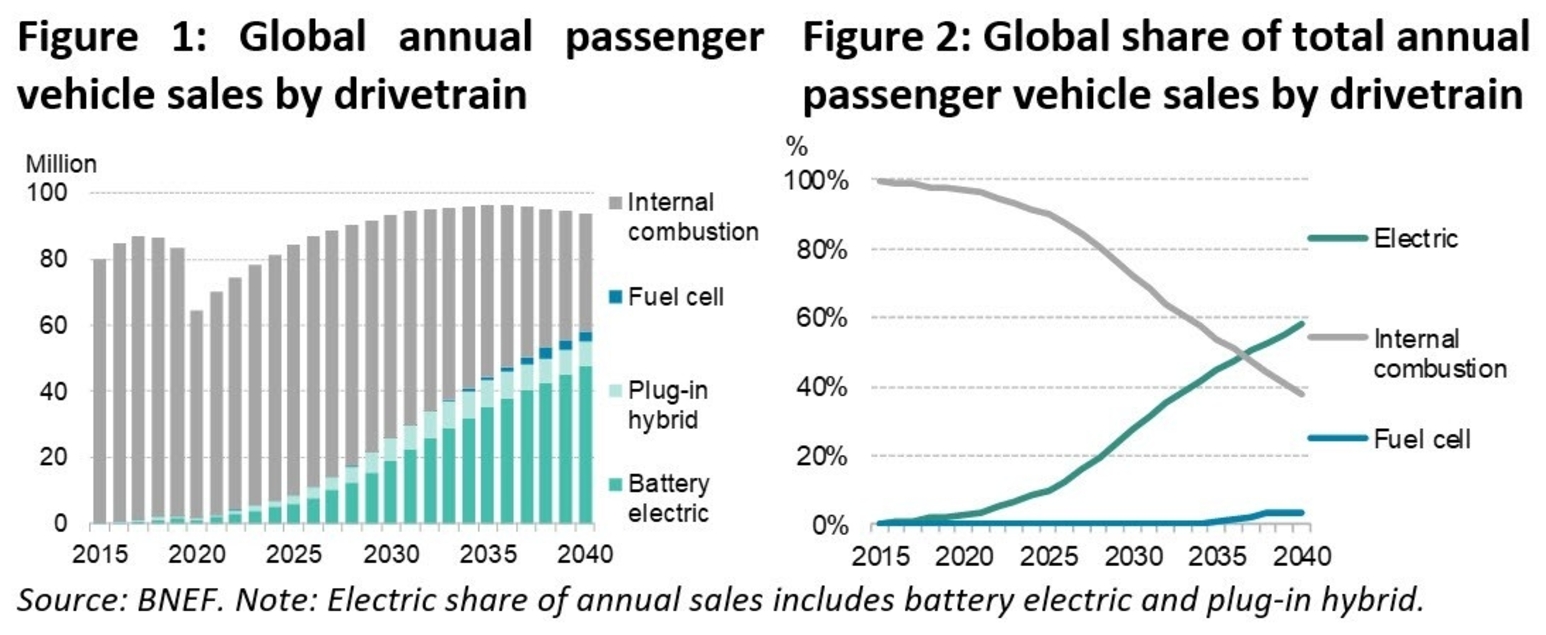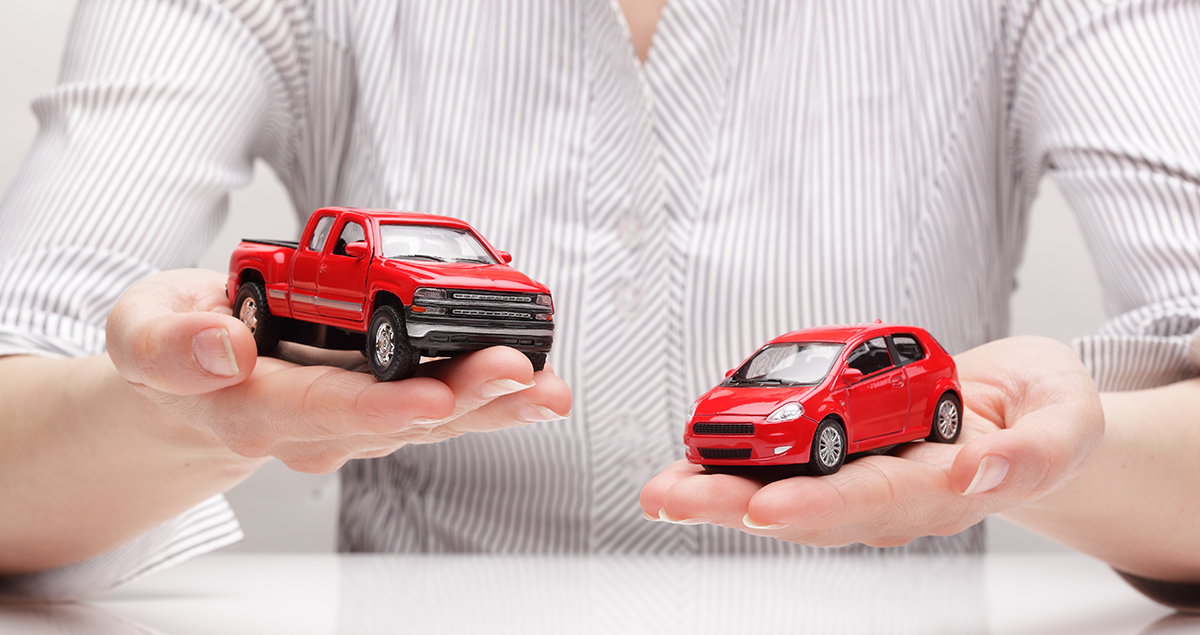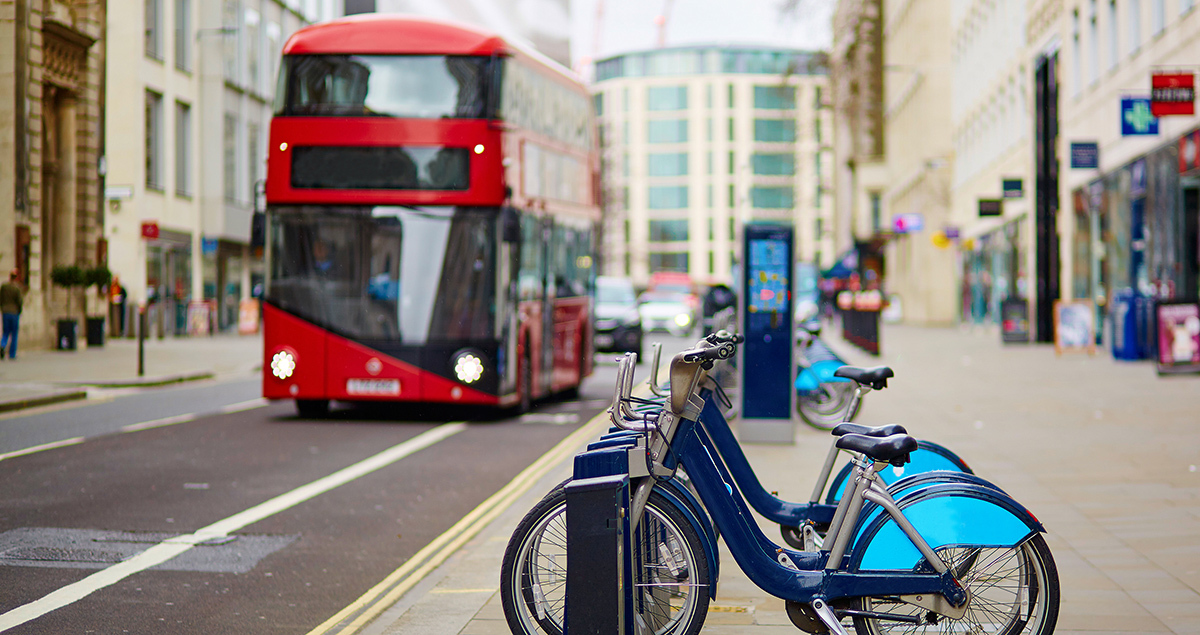Why EVs are just one color in our cleaner transport palette

When did you last use your car? Have you also driven significantly less over the past few months?
While lockdowns have been in place around the world due to the coronavirus pandemic, many people only ventured out on four wheels for tasks like the weekly shop. At the end of March 2020, road transport was down by 50%, according to the International Energy Agency.
New vehicle sales have naturally suffered from this. What is intriguing is that this has mainly affected conventional cars with internal combustion engines (ICE). According to BloombergNEF, demand for electric vehicles (EVs) stayed up fairly consistently around the world in the first quarter of 2020. Germany topped the bill with a 148% increase. The only exceptions were China and Japan, where demand fell across the board.
Has the widely publicized plunge in emissions during the lockdown and the opportunity to keep CO2 levels low after the pandemic inspired people to buy an EV sooner rather than later to “do their bit”?
After a small overall slump in 2020, BloombergNEF’s Electric Vehicle Outlook 2020 expects EVs to pick up their growth path again, with battery and hybrid electric vehicles reaching 58% of overall sales by 2040.

Price parity between EVs and ICEs is expected by the middle of this decade. This will be due to the falling cost of batteries and carmakers changing their processes and operating models to manufacture EVs more sustainably and profitably due to scale benefits. Increases in EVs’ driving range will further boost customer acceptance, as will the expansion of public fueling networks.
But while EVs are often portrayed as a key element of any zero-carbon future, electrification is unlikely to solve all our problems. EVs may be transforming vehicle manufacturing and reducing CO2 emissions from fossil fuels, but they still have an environmental footprint. They are just shifting the energy creation from car to plant.
Technology will only go so far
Let’s be clear: there are no zero-carbon vehicles, only lower-carbon ones. Even EVs using solar panels are not 100% clean, they are just cleaner.
This is not least because of the CO2 generated in their production, collateral emissions from their ongoing use and, ultimately, what happens to cars at the end of their lives.
It is critical for manufacturers to focus on materials that are biologically degradable or recyclable, and on sustainable production methods.
For example, platform approaches – using the same chassis across different models – can help minimize waste material. New techniques to optimize processes such as gear-grinding will ensure more efficient use and less wear of production tools.
But alongside reducing emissions in the production process, carmakers will also need to look at cutting the energy consumption of cars to clear the path to cleaner transport.
On the one hand, this can be achieved by lowering some of the ancillary energy usage – for example by optimizing functions such as heating and cooling. For instance, heat pumps absorb heat from the air outside the vehicle to warm up the cabin – drawing significantly less battery power than electric heaters.
But even that is only a small part of the equation. Just looking for technical solutions is not enough.

Behavioral change is possible
Another major consideration for the industry is how to change our behavior as car buyers so more of us opt for smaller vehicles.
In the U.S., SUVs made up close to half of all sales in 2019. In Europe, they grew to 37% in the same period.
The energy it takes to move a larger vehicle – regardless of whether it’s petrol, diesel or electricity – is multiples of the energy a small one needs. Therefore, a small car will always be less polluting than a heavy-weighted SUV, electric or otherwise.
By reducing mass, speed, and acceleration, a car’s energy use can be reined in significantly.

The coronavirus pandemic has highlighted what a dramatic positive impact behavioral change can have on the environment: emissions dropped by 5% in the first quarter of 2020 because of lockdowns around the globe.
For many, politicians and industry included, the recovery from the crisis is seen as a unique opportunity to ‘build back better’. This includes reinforcing the fight against climate change to keep emissions from returning to their old levels.
Using this momentum, now may be the time for effecting lasting behavioral change by incentivizing car owners to choose light, low-speed models which use less energy – for the benefit of our planet.
Maybe some of our daily errands could also be run on foot, by bike, or using public transport, rather than defaulting to the car.
While raising awareness and peer pressure will be important, bringing about such behavioral change rapidly will require policy support for cleaner transport choices.
Such support has already helped reduce emissions from transportation dramatically.
The move to lower-emission cars and EVs has benefitted from tax incentives – and disincentives – along with rebates; the same measures could be adopted to nurture more environmentally conscious transport choices. Germany has been an early mover and has recently hiked taxes for high-emitting vehicles.
Focusing on tail-end emissions and shifting our existing car paradigm from ICE to electric is a first step to reduce the impact of transport on the environment. Society, policymakers, and the car industry itself will need to explore what next steps can feasibly be taken to further reduce overall emissions from the personal transport sector.
Learn how EVs are changing manufacturing Download our eBook on Sustainable Mobility





